I'm using a mobile app and am receiving an Unauthorized response when attempting to post to an Azure Function and providing a function key.
Error:
StatusCode: 401, ReasonPhrase: 'Unauthorized'
Code:
let postToAsync (baseAddress:string) (resource:string) (payload:Object) =
async {
let tokenSource = new CancellationTokenSource(TimeSpan(0,0,30));
let token = tokenSource.Token;
try
let tokens = resource.Split("?code=")
let functionKey = tokens.[1]
use client = httpClient baseAddress
client.DefaultRequestHeaders.Add("x-functions-key", functionKey)
client.DefaultRequestHeaders.Accept.Add(MediaTypeWithQualityHeaderValue("application/json"))
let json = JsonConvert.SerializeObject(payload)
let content = new StringContent(json, Encoding.UTF8, "application/json")
let! response = client.PostAsync(resource.Replace($"?code={functionKey}",""), content, token) |> Async.AwaitTask
Debug.WriteLine $"\n\n{baseAddress}{resource}\nSuccess: {response.IsSuccessStatusCode}\n\n"
return response
with ex -> ...
} |> Async.StartAsTask
Note:
My Azure Function's AuthorizationLevel is set to Function.
I can call the function successfully when I publish it manually from Visual Studio.
However, when I deploy the function using Pulumi, I receive an Unauthorized response. I believe this is because Pulumi constrains me to add access policies for each Function App.
Versioning:
<TargetFramework>net6.0</TargetFramework>
<AzureFunctionsVersion>v4</AzureFunctionsVersion>
oauth2/v2.0:
I think the following link provides a clue to why I'm observing the issue. However, I still don't know how to resolve it.
Connectivity
I launched Log Stream and observed that the URL is correct:
Access Control:
Please note that the difference between the Function App that I created without using Pulumi, which lets me post successfully, versus the Function App that was generated using Pulumi, is an Access Policy per Function App with Pulumi.
public static class AccessPolicies
{
public static void Build(string policyName, string functionName, Dictionary<string, CustomResource> registry)
{
var resourceGroup = registry[nameof(ResourceGroup)] as ResourceGroup;
var keyVault = registry[nameof(KeyVault)] as KeyVault;
var functionApp = registry[functionName] as FunctionApp;
var result = new AccessPolicy(policyName, new AccessPolicyArgs {
KeyVaultId = keyVault.Id,
TenantId = TenantId.Value,
ObjectId = functionApp.Identity.Apply(v => v.PrincipalId ?? "11111111-1111-1111-1111-111111111111"),
KeyPermissions = new[] { "Get", },
SecretPermissions = new[] { "Get", },
});
registry.Add($"{policyName}-{functionName}", result);
}
}
}







